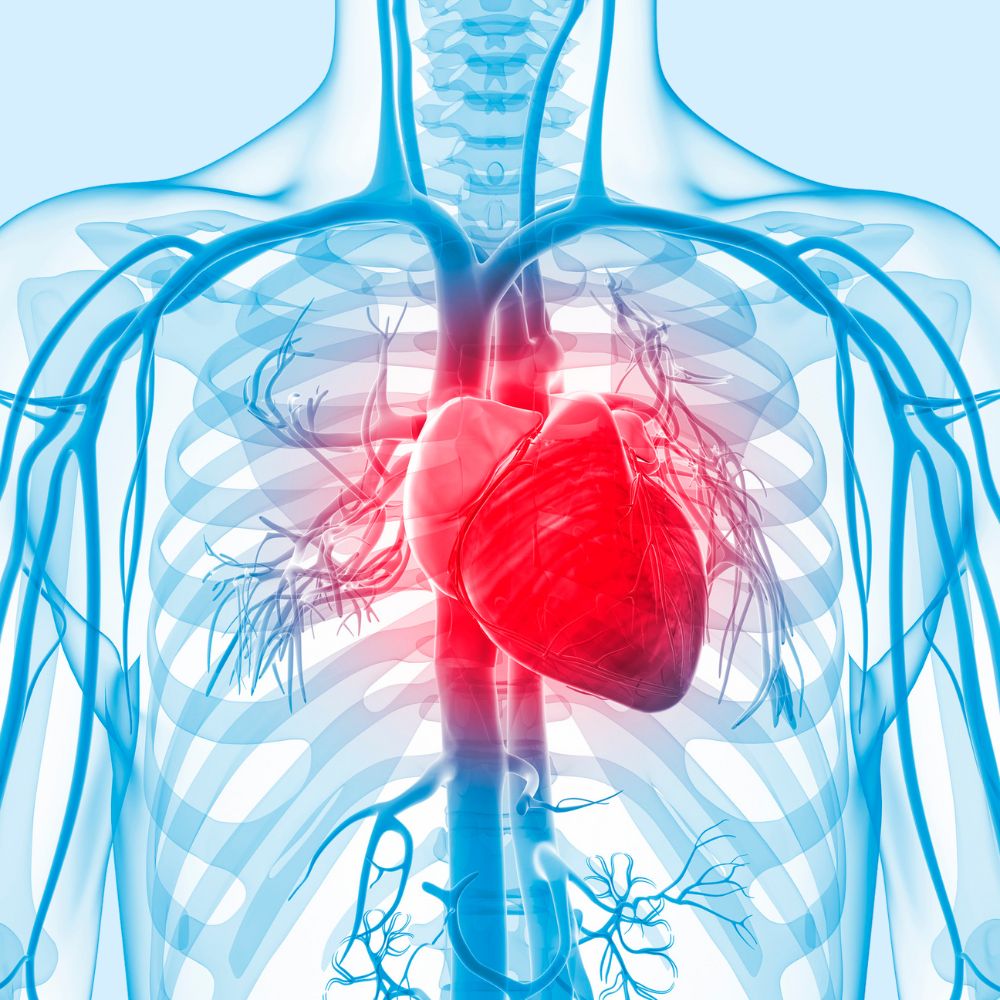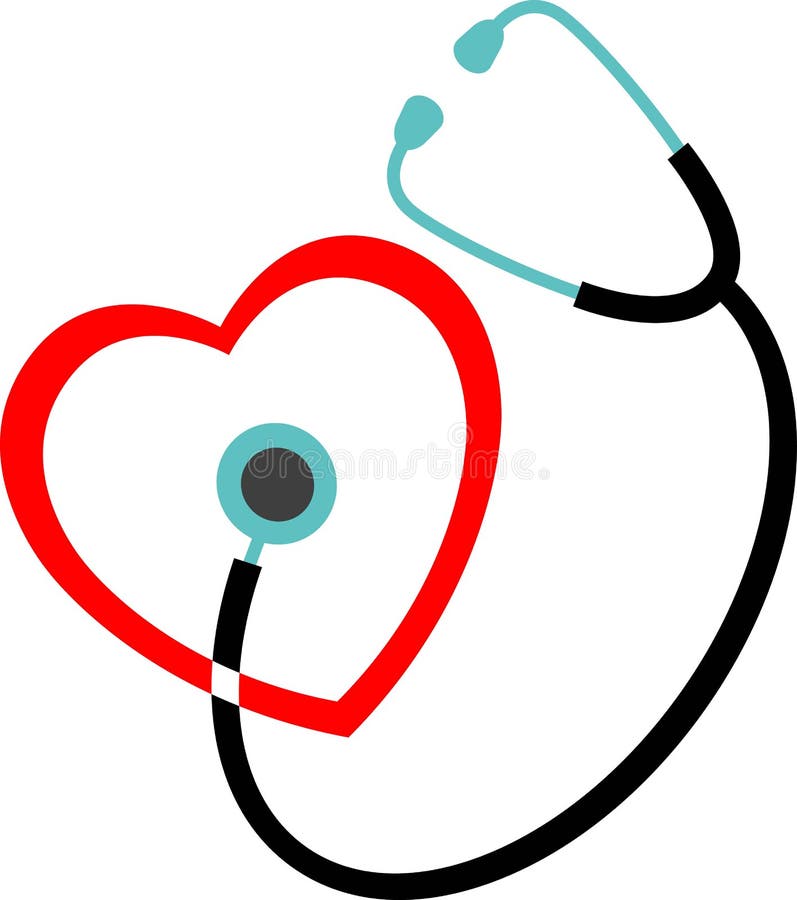Avoid heart disease with Cardiology care: A preventive strategy
Avoid heart disease with Cardiology care: A preventive strategy
Blog Article
Comprehending the Value of Cardiology in Modern Medical Care Services
Cardiology plays an important duty in modern health care, especially as cardiovascular disease proceeds to be the leading reason for death worldwide. Developments in diagnostics and therapy have actually changed person care, enabling earlier interventions and improved end results. The shift towards preventive cardiology empowers people to handle their health and wellness proactively. As innovation remains to develop, the integration of innovative solutions might additionally redefine cardiology's effect on public health and wellness, prompting a closer exam of arising patterns and their implications.
The Frequency of Cardiovascular Disease and Its Effect on Public Health
Heart condition remains the leading reason of death globally, its effect extends much beyond specific clients to influence public health and wellness systems and economies. The high occurrence of heart problem positions a considerable strain on health care sources, requiring raised funding for recovery, treatment, and prevention programs. Public wellness initiatives need to address danger variables such as obesity, cigarette smoking, and less active way of lives, which add greatly to the increasing occurrence of heart conditions.Moreover, the financial concern related to cardiovascular disease is enormous, incorporating not just direct medical expenses however additionally indirect expenses related to shed performance and early mortality. Communities deal with difficulties in managing these expenses, often resulting in variations in health care accessibility and end results. As the populace ages and lifestyle-related threats remain to escalate, the urgency for effective cardiology treatments comes to be paramount. Resolving heart condition is not just an issue of private health but also a crucial public health priority.
Advances in Heart Diagnostics and Imaging Techniques
Current improvements in cardiac diagnostics and imaging techniques have revolutionized the area of cardiology, boosting the capability to keep track of and discover cardiovascular disease. Techniques such as cardiac MRI, CT angiography, and echocardiography have actually ended up being increasingly sophisticated, giving comprehensive photos of heart structures and features. These modalities enable the very early recognition of conditions like coronary artery disease, cardiac arrest, and valvular disorders.Moreover, innovations in non-invasive diagnostics, such as wearable innovation and remote monitoring tools, have actually empowered people and doctor. These tools promote real-time tracking of heart rhythms and various other vital signs, bring about timely treatments. Furthermore, artificial knowledge is being integrated into imaging evaluation, enhancing precision and efficiency in medical diagnosis.
Developments in Therapy Options for Heart Issues
Current developments in cardiology have actually resulted in substantial innovations in therapy alternatives for heart conditions. These consist of advanced surgical methods that boost procedural results and arising medications that supply new opportunities for treatment. As the field progresses, these innovations play a crucial role in enhancing person care and end results.
Advanced Surgical Techniques
Innovations in surgical methods have actually transformed the landscape of cardiology, providing brand-new wish for individuals with heart conditions. Minimally intrusive treatments, such as catheter-based treatments, have actually considerably lowered recovery times and medical facility remains. Strategies like robotic-assisted surgical procedure enhance precision, allowing cosmetic surgeons to navigate complicated physiological frameworks with higher precision. Improvements in imaging innovation promote real-time visualization throughout treatments, enhancing results. Transcatheter aortic valve replacement (TAVR) exemplifies an advancement in treating aortic stenosis, enabling shutoff substitute without open-heart surgical treatment. Furthermore, hybrid methods that integrate surgical and catheter-based approaches give customized options for different cardiac problems. These sophisticated surgical techniques not just improve client safety but additionally broaden treatment alternatives, emphasizing the essential function of development in modern cardiology techniques.
Emerging Therapies and medications
As the landscape of cardiology proceeds to develop, emerging treatments and medicines play a pivotal duty in enhancing therapy choices for heart disease. Advancements such as novel anticoagulants and progressed lipid-lowering agents have actually transformed the monitoring of heart diseases, considerably decreasing person morbidity and mortality. In addition, the advancement of genetics therapies and regenerative medication offers encouraging avenues for dealing with conditions formerly deemed incurable. Medical tests are continuously exposing the efficacy of these treatments, pressing the limits of traditional therapies. Moreover, the combination of electronic health and wellness modern technologies helps with tailored medicine, permitting customized treatment strategies based upon genetic and lifestyle elements. Collectively, these innovations underscore the dynamic nature of cardiology, boosting client end results and redefining standards of care in contemporary medical care.
The Role of Preventive Cardiology in Client Treatment
Preventative cardiology plays a necessary duty in client treatment by concentrating on the identification of risk elements that add to heart problem. Through way of living alteration strategies and very early discovery strategies, doctor can successfully minimize the incidence of cardiovascular events - Cardiologist near me. This aggressive strategy not just enhances person outcomes but also promotes long-lasting health
Risk Element Recognition
While heart diseases continue to be a leading reason for morbidity and death worldwide, efficient danger element recognition functions as a foundation of precautionary cardiology. Determining risk factors such as high blood pressure, diabetes mellitus, hyperlipidemia, and household background is vital for early intervention. Medical care experts utilize numerous screening approaches to review these elements, allowing for tailored safety nets. Additionally, understanding an individual's lifestyle options, such as smoking and physical lack of exercise, further notifies risk evaluations. This comprehensive analysis allows medical professionals to develop tailored care strategies targeted at mitigating risks. By focusing on threat element recognition, healthcare systems can improve person outcomes and minimize the general concern of cardio diseases, eventually adding to boosted public health methods and source allocation.
Way Of Life Adjustment Approaches
A multitude of research studies highlights the essential role of way of life adjustment approaches in reducing cardiovascular illness risk. These methods incorporate nutritional adjustments, increased exercise, cigarette smoking cessation, and weight administration. By taking on a heart-healthy diet regimen abundant in fruits, veggies, entire grains, and lean healthy proteins, people can decrease cholesterol degrees and high blood pressure. Normal physical task reinforces the heart and boosts overall cardiovascular wellness. Additionally, quitting smoking considerably minimizes the danger of cardiovascular disease and improves healing rates for those with current conditions. Weight management even more adds to cardiovascular health by mitigating various other threat variables such as diabetes mellitus and hypertension. Applying these way of living transforms not just promotes private wellness however likewise functions as a cornerstone of preventive cardiology in patient treatment.
Early Detection Methods
Lifestyle modifications greatly add to lowering cardio illness dangers, yet they are most efficient when matched with early detection strategies. Preventative cardiology highlights the importance of identifying possible heart problems before they escalate right into significant problems. Methods such as blood stress surveillance, cholesterol testing, and advanced imaging innovations like echocardiograms play important roles in examining cardiovascular health and wellness. Biomarkers and hereditary testing additionally enhance the accuracy of early discovery, enabling tailored preventative techniques. Normal cardiac danger evaluations empower medical care suppliers to intervene proactively, potentially protecting against cardiac arrest and strokes (Cardiology Jupiter). By incorporating these very early detection about his techniques right into routine care, individuals can profit from prompt lifestyle treatments and targeted therapies, ultimately enhancing and enhancing end results quality of life
Integrating Innovation Into Cardiology Practices
As improvements in modern technology continue to reshape different areas, the assimilation of innovative tools and systems right into cardiology techniques has become necessary for boosting patient care and results. Telemedicine systems allow cardiologists to monitor clients from another location, boosting access to care while decreasing the problem on medical care centers. Wearable tools, such as smartwatches, make it possible for continual heart price surveillance, alerting both doctors and individuals to prospective problems in real-time. Furthermore, man-made knowledge (AI) is being used to why not check here examine substantial quantities of heart information, helping in early diagnosis and customized treatment plans. Advanced imaging methods, including 3D echocardiography, enhance visualization of heart frameworks, bring about a lot more exact interventions. Electronic wellness documents (EHRs) enhance individual info administration, guaranteeing that cardiologists have immediate accessibility to critical information. Together, these technical innovations are changing cardiology, promoting proactive monitoring and boosted health and wellness outcomes for patients with cardio problems.
The Importance of Person Education And Learning and Engagement
Individual education and involvement play a critical duty in the management of cardio health. By furnishing patients with expertise regarding their problems, treatment alternatives, and lifestyle changes, doctor equip individuals to take an active function in their treatment. This aggressive technique can lead to enhanced adherence to suggested medications, dietary modifications, and workout regimens, ultimately minimizing the threat of complications.Engagement also fosters a strong patient-provider connection, urging open interaction and trust. When clients feel notified and included, they are extra most likely to voice concerns and ask inquiries, which can cause far better professional end results. Additionally, educational resources, such as workshops or digital platforms, can enhance understanding and promote self-management strategies. In general, prioritizing client education and interaction is necessary for boosting cardio health and wellness, enhancing high quality of life, and minimizing medical care expenses related to heart diseases.
Future Trends in Cardiology and Their Potential Impact

Regularly Asked Inquiries
What Way Of Living Changes Can Minimize Cardiovascular Disease Risk?
The present question addresses way of living changes that can substantially minimize cardiovascular disease threat. Dr Garcia. Adopting a well balanced diet, participating in routine physical activity, keeping a healthy weight, managing stress and anxiety, and preventing tobacco can especially enhance cardiovascular health and wellness
How Can I Identify Early Indicators of Heart Issues?
Recognizing very early signs of heart troubles includes surveillance symptoms such as breast discomfort, shortness of breath, exhaustion, and irregular heart beat. Timely understanding of these indications can trigger essential medical analysis and intervention for far better outcomes.
What Are the Distinctions In Between Cardiologists and Cardiac Surgeons?
The distinctions between cardiologists and heart surgeons depend on their duties; cardiologists mainly handle and detect heart disease with non-invasive methods, while cardiac doctors perform procedures to correct structural heart concerns. Each plays a vital, unique function.

How Often Should I Obtain My Heart Wellness Checked?
The regularity of heart checkup varies based upon private risk elements. Typically, grownups must go through evaluations each to two years, while those with status quo may call for more constant evaluations as recommended by healthcare specialists.
What Role Does Genes Play in Cardiovascular Disease Risk?
Genes significantly affects cardiovascular disease threat, with familial patterns suggesting inherited conditions. Certain genes can incline people to hypertension, cholesterol concerns, and other cardio issues, highlighting the relevance of genetic testing in assessing heart wellness. Heart illness continues to be the leading cause of fatality globally, its effect extends far past individual clients to influence public health systems and economies. Public health and wellness campaigns should resolve risk elements such as excessive weight, smoking, and inactive way of livings, which contribute significantly to the climbing incidence of heart conditions.Moreover, the economic worry associated with heart illness is enormous, incorporating not only direct medical expenses yet also indirect expenses associated to shed performance and premature mortality. Precautionary cardiology plays a crucial role in client treatment by concentrating on the recognition of threat factors that contribute to heart illness. Fabricated intelligence (AI) and equipment discovering are boosting diagnostics and individual tracking, making it possible for very early discovery of heart conditions. The distinctions between cardiologists and cardiac surgeons exist in their duties; cardiologists mainly take care of and detect heart problems via non-invasive approaches, while heart doctors execute medical treatments to fix structural heart issues.
Report this page